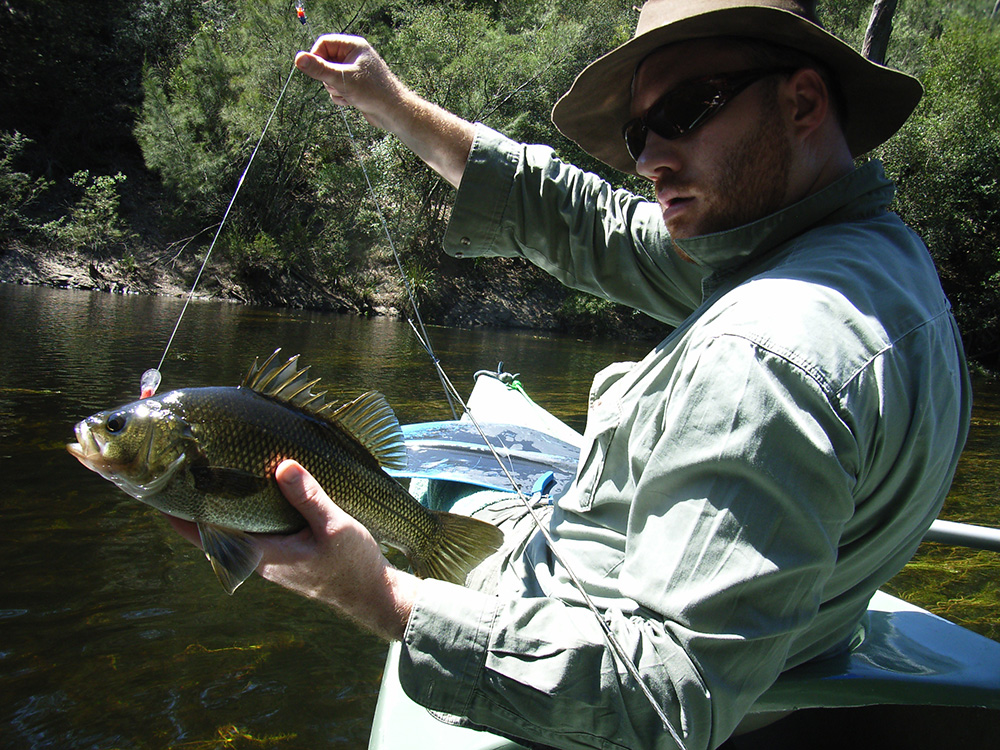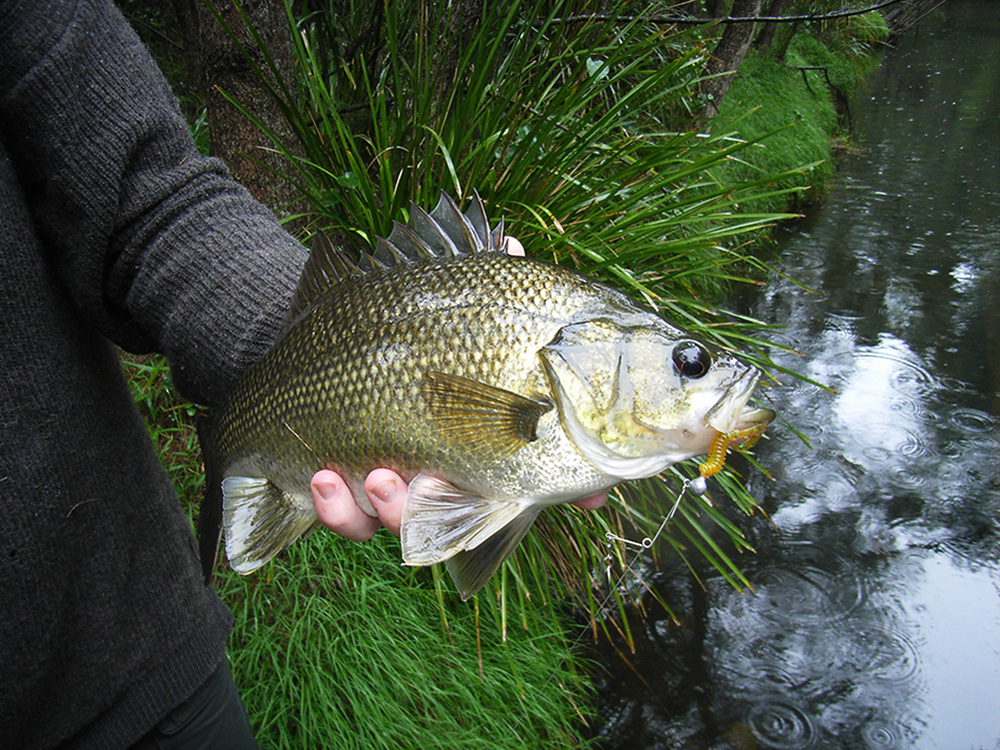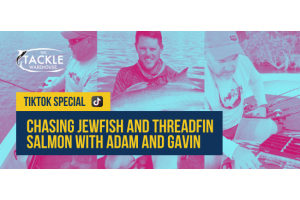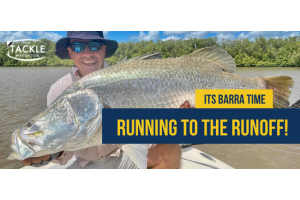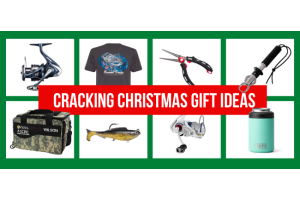We recently caught up with Liam, a store representative of The Tackle Warehouse, to learn how he gets the iconic Australian Bass to bite. Australian Bass are a classic. Formerly called Perch, this is a popular fish to target when fishing fresh water streams and impoundments all along the Australian eastern seaboard. Species Overview
| Location | Found in coastal rivers and impoundments on Australias east coast from Wilsons Promontory in Victoria to Bundaberg in Queensland. It is also found in saltwater estuaries when spawning in winter. |
| Protections | Maximum possession size is 30cm, possession limit is 2. There is a closed season for Australian Bass in Queensland's tidal waters between 1 June to 31 August. |
| Size and colouring | Small to medium sized, 0.4-0.5 kg and 20-65 cm. Close in appearance to silver perch, but with a larger mouth and more deeply notched dorsal and anal fins. Colours vary from gold to bronze or bronze-green. Australian Bass stocked in man-made impoundments are larger in size than those found in rivers. |
| Scientific name | Macquaria novemaculeata |
What to Bring, Where to go, and When
Gear for catching Australian Bass is generally light tackle, and is fished in dams, rivers and streams. A whole range of lures can be used; you will need to test out what lures work best in specific locations. For rivers and streams, surface lures will work best. As the water is usually shallow, you can get away with using light to medium gear. However, if there are lots of rocks generally heavier gear is better. Australian Bass found in dams (also called impoundments) can be caught on both shallow and deep diving lures, depending if you are fishing around the shore line or further out into the middle of the dam. In summer time Australian Bass tend to spend more time in shallower water. For the deeper water, lighter gear, light gauge hooks and heavier lures are required. The Bass can be found 20+ feet deep in some areas. Good Gear:
- Rods: Use a light 6.6-7 foot rod, both spinning or bait casting rods work.
- Lines: Line should be 8-12 pounds, Braid is preferred
- Lures:
- Surface lures (for summer only when there are cicadas and other insects landing on top of the water Tiemco Soft Shell Cicada and Jackall Kana Kana )
- Lure spinner baits which are both surface and deep Jackall Bros Super Eruption, and lipless crank baits again both surface and deep Jackall TN60
- Deep Lures like Rapala X-Rap Shad 06 or Jackall Bros Chubby Deep 38
- Bait: well-presented live baits such as yabbies, garden worms, grubs or live insects from the area, work. Use 6lb monofilament & 0.5-1.0m 5-8lb fluoro-carbon leader.
The Best Time of Day and Areas For the best luck, be on the water at dawn when you have enough light to see, but before the light hits the water. This is especially true when fishing from a boat in stocked dams. Read our article to learn more about fishing in Queensland Dams. Other times are less successful, but still worthwhile. Head to river or dam banks with areas of shadows in the afternoon or at sunset. Night fishing is also a good time to catch Australian Bass. In general, look for shallow areas with structure such as fallen or submerged trees, rock bars, deep pools or thick vegetation. Australian Bass prefer to be in the shadows. When you find a promising area, approach silently and get no closer than casting distance to prevent scaring them off. Australian Bass are native predatory fish and are very smart. Can they be eaten? According to Liam they taste like mud and catch and release sport fishing is recommended. Like most freshwater fish, the flavour is not exceptional but can be eaten. If you are looking for some great fishing advice, rods, lure, lines or fishing accessories, visit The Tackle Warehouse, online or instore. We are located at 436 Old Cleveland Road, Camp Hill, QLD 4152. Good luck out on the water!

